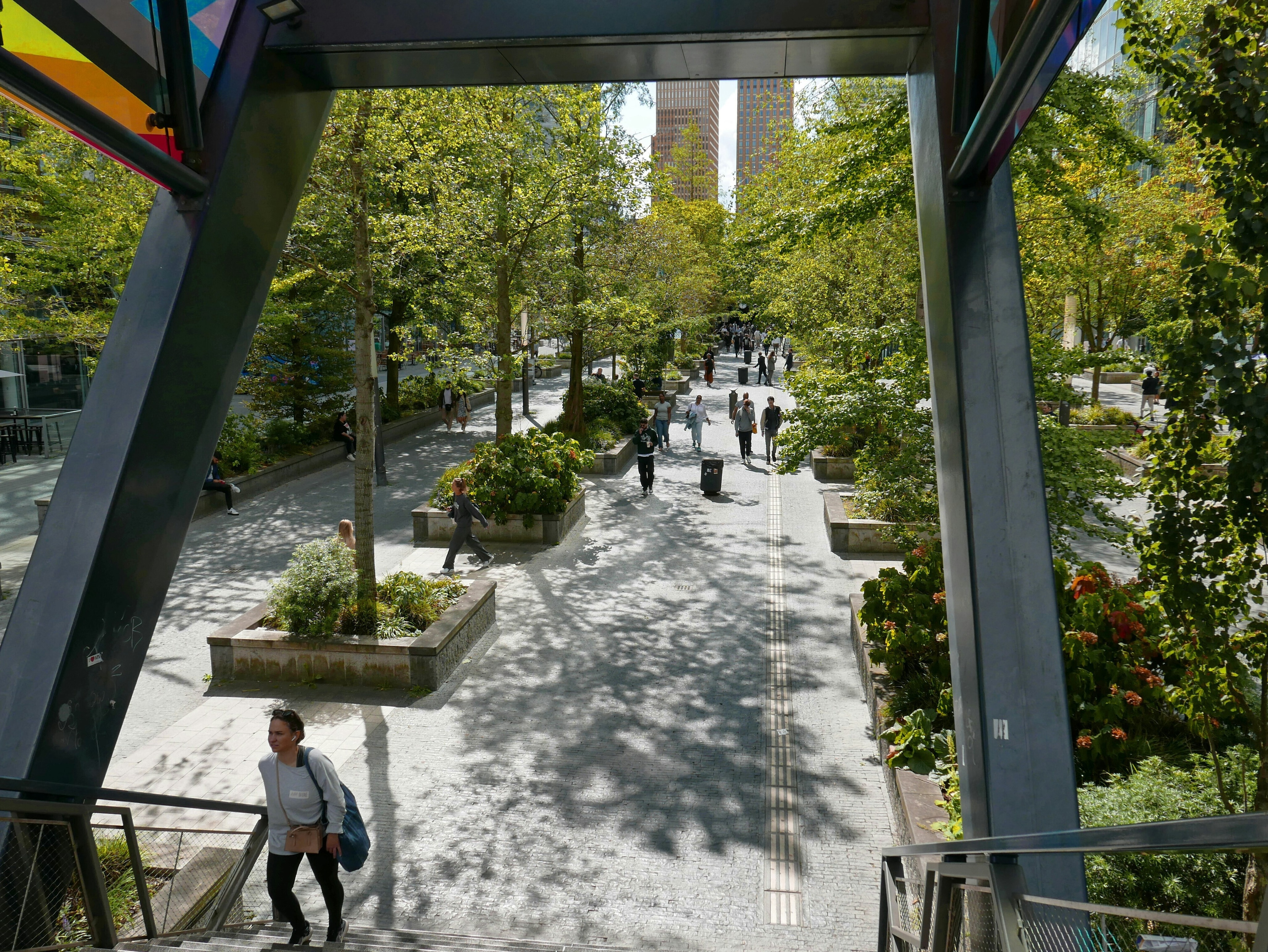Chernobyl in pictures: 30 years on

Image: REUTERS/Gleb Garanich
Stay up to date:
Future of the Environment
In the early hours of 26 April 1986 a reactor exploded at the Chernobyl nuclear power station. The disaster at the Soviet plant remains the worst nuclear accident in history.
An exclusion zone, which has a radius of 30km and covers an area roughly the size of Luxembourg - remains in place around the site in Ukraine. Although largely uninhabited by humans, there are signs that animal life is returning.
This collection of striking photos offers a glimpse inside the exclusion zone.


Don't miss any update on this topic
Create a free account and access your personalized content collection with our latest publications and analyses.
License and Republishing
World Economic Forum articles may be republished in accordance with the Creative Commons Attribution-NonCommercial-NoDerivatives 4.0 International Public License, and in accordance with our Terms of Use.
The views expressed in this article are those of the author alone and not the World Economic Forum.
Forum Stories newsletter
Bringing you weekly curated insights and analysis on the global issues that matter.
More on Nature and BiodiversitySee all
Sarah Franklin and Lindsey Prowse
April 22, 2025
Elizabeth Mills
April 17, 2025
Tom Crowfoot
April 17, 2025
Lindsey Ricker and Hanh Nguyen
April 16, 2025




